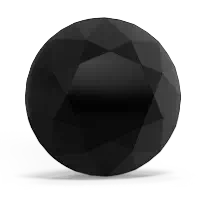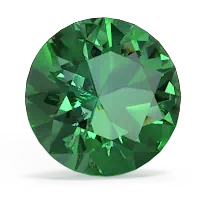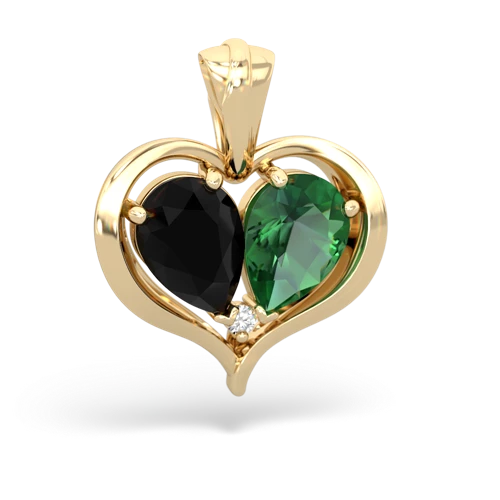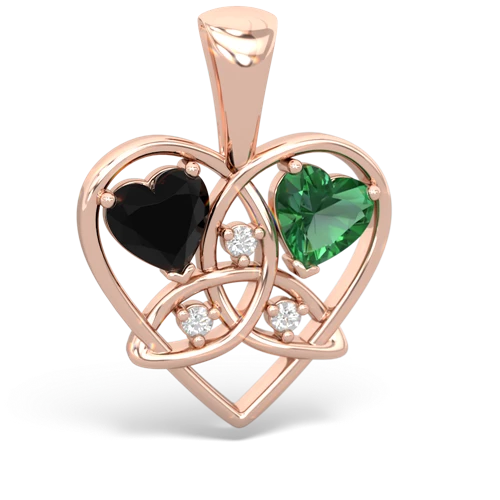

Express your love with these unique Onyx rings that feature heart shaped gemstones. A perfect stone for nighttime wear, a black onyx pendant looks elegant and stylish in white or yellow gold. Emerald is associated with Venus, the Greek goddess of love and beauty. They say an emerald pendant can protect lovers from unfaithfulness.


